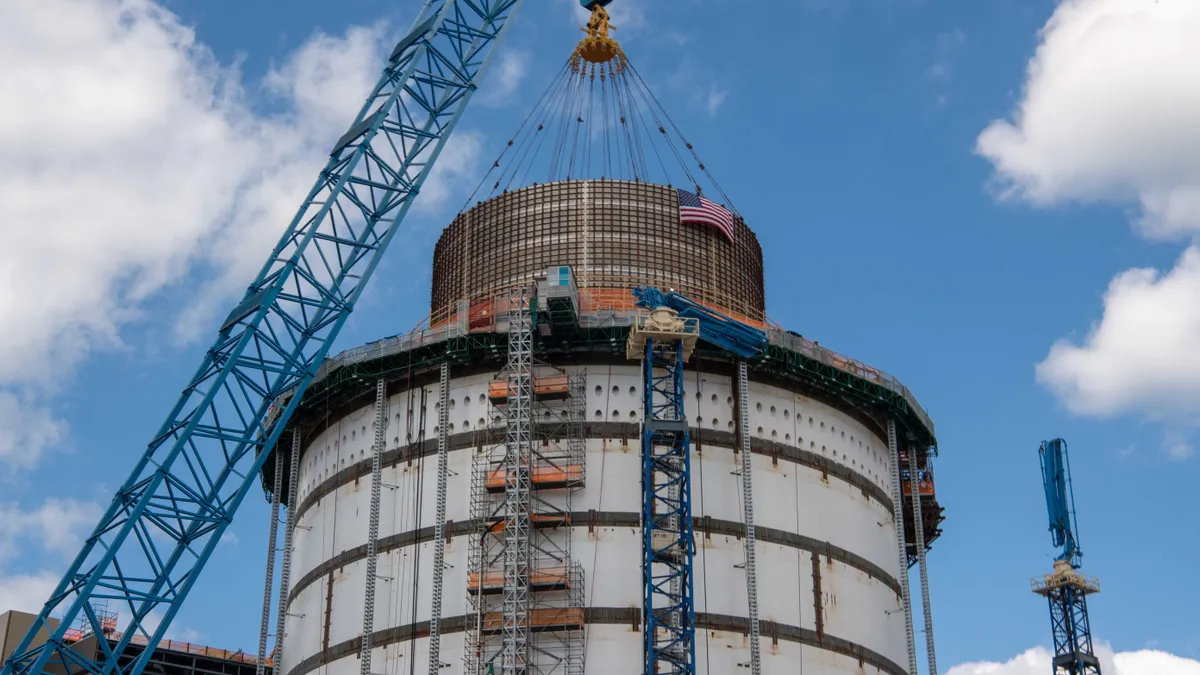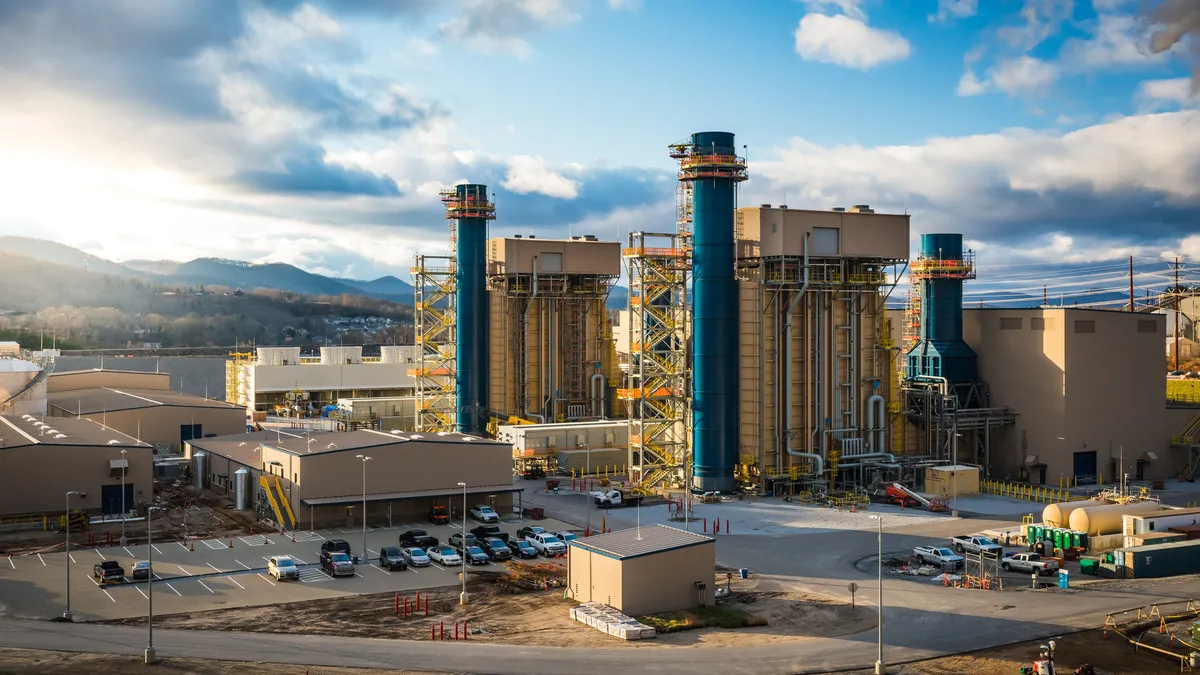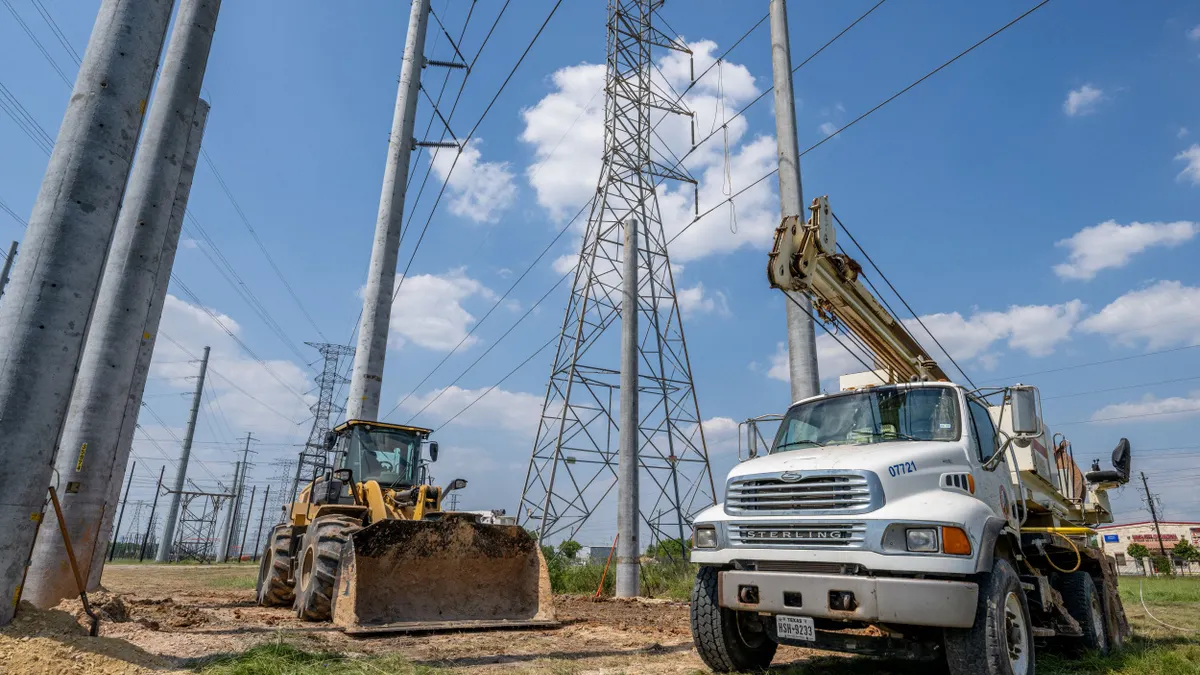The following is a Viewpoint by Clifford Rechtschaffen (@CliffCPUC), Commissioner at the California Public Utilities Commission.
Before I was appointed to the California Public Utilities Commission (CPUC) in 2017, I worked for a number of years on enforcement of environmental and health and safety laws. Always concerned about public safety and the role government plays in trying to keep people out of harm's way, I found myself naturally drawn to the many critically important safety related initiatives that the CPUC oversees.
Since I joined the CPUC, California has experienced a series of devastating wildfires that have claimed dozens of lives and caused billions of dollars in damages. My fellow commissioners and I have initiated numerous safety proceedings and actions as our state searches for better tools and strategies to protect people, property and natural resources.
"The goal is to make utility decision-making about weighing and mitigating safety risks more quantitatively rigorous and transparent."

Apart from these wildfire-related proceedings, the most significant safety matter that I have worked on, touching a wide spectrum of other important proceedings at our Commission, is what we call the Safety Model Assessment Proceeding (SMAP).
SMAP is as technically intricate as its title suggests. The goal is to make utility decision-making about weighing and mitigating safety risks more quantitatively rigorous and transparent. The Commission has been considering these issues in different forums since 2012, directing utilities to conduct risk assessments as part of their General Rate Cases, and formally initiating the SMAP proceeding in 2015.
The safety of utility operations obviously impacts the lives of millions of Californians. Providing electric and gas service to communities spread across a state as large and as geographically diverse as ours is inherently risky.
Our electric and gas utilities face risks every day that range from pipeline explosions, gas storage leaks, wildfires, cyber-attacks, hydroelectric dam failures, equipment breakdowns, "dig-ins" when third party excavators damage underground pipelines, electrocution from contact with overhead wires, downed power poles, employee injuries or deaths, the possibility of someone shooting at a substation or other facility which has happened in the not-so-distant past and much more.
But despite those inherent risks, utility decision-making about safety risks on their systems has always been something of a black box. Utilities have made decisions about which risks to prioritize and how much of ratepayer dollars to spend mitigating them by relying primarily on the judgment of subject matter experts. This can provide useful perspective, of course, but it also introduces considerable subjectivity and variability into the decision-making process.
"As the Commission has increasingly made safety an overriding priority in recent years, we set out to create a new risk evaluation paradigm."

Until now, the CPUC and the public have had very limited visibility into that process. This has meant that when the time comes for the CPUC to decide how much money utilities should be authorized to spend on safety risk mitigation — which happens every few years in General Rate Cases, in which utilities seek funding for the costs of running their business — parties and CPUC staff find themselves inadequately equipped to critically evaluate the utility's funding request.
As the Commission has increasingly made safety an overriding priority in recent years, we set out to create a new risk evaluation paradigm.
We naturally searched for examples in other states and regulatory agencies, but couldn't find any to draw from; we were exploring new territory. The utilities were not opposed to the idea of a risk-informed approach to safety, but they differed on the methodologies to use for measuring, prioritizing and evaluating those risks.
"Utilities will now be required to evaluate risks in a much more transparent, uniform and quantitatively rigorous way."

Debate over these methodologies was subject to months of discussions by the parties and staff. They participated in multiple pilots to evaluate competing risk assessment models, contributed to nearly a dozen workshops and more than 20 technical group meetings. Eventually, the parties — including the large investor-owned utilities and consumer advocates — reached a settlement, which the Commission approved with some modifications in December 2018.
The decision we voted out will transform how California energy utilities make decisions about spending on safety risks. Utilities will now be required to evaluate risks in a much more transparent, uniform and quantitatively rigorous way.
They must use data, rather than subject matter expertise, when available, and clearly describe their inputs and computations. They must perform a far more thorough and exacting quantitative analysis to determine and compare risk reduction benefits from various mitigation measures, including the relative efficiency of their risk-reduction spending. They will also be required to publicly present their analysis identifying their top risks and seek input from interested parties and CPUC staff.
It is worth noting that the Commission's decision sets out minimum standards; utilities may adopt processes that go further.
"...utilities will now systematically spell out the various drivers for wildfire ignition ... determine which factors are primarily responsible for those risks and provide a relative ranking of the drivers causing the most ignitions."

We will continually improve SMAP as we move forward and put it in practice in the utilities' triennial risk assessment and mitigation proceedings, but we envision SMAP as an overarching initiative that feeds into and informs many other important proceedings dealing with risk management. Success in the SMAP proceeding therefore will translate into better outcomes across all these interconnected proceedings, including General Rate Cases, climate change adaptation, emergency preparedness and physical security at electric facilities, and wildfire safety.
To focus on wildfires, for example, utilities will now systematically spell out the various drivers for wildfire ignition — vegetation contact, different types of equipment failure, third-party contact, etc. — determine which factors are primarily responsible for those risks and provide a relative ranking of the drivers causing the most ignitions.
The Commission will in turn be able to evaluate the mitigation measures the utility has proposed, the specific risk drivers these measures address and the relative cost efficiency of those measures, compared both to other mitigation programs that reduce wildfire and other top-ranked risks identified by the utility. This will allow us to better evaluate the individual wildfire safety mitigation programs against one another, as well as whether the utility is adequately planning to mitigate safety risk across its enterprise.
Ultimately, this will increase utility accountability for risk mitigation spending, benefiting ratepayers across California.
There is considerably more that remains to be done. We plan to issue a follow-up decision that will address issues such as performance metrics, reporting and the application of these new rules to smaller utilities. Meanwhile, utilities will start implementing the new rules, and make necessary changes to their safety risk decision-making.
I am looking forward to seeing how the new rules function in practice, and to hearing from utilities and other stakeholders on how they have worked and any gaps that we still need to address. Undoubtedly, the implementation of these new rules will offer utilities, other stakeholders, and the CPUC, important lessons about utility decision-making, and help promote the Commissions' goal of continually improving the safety of utility operations.





















